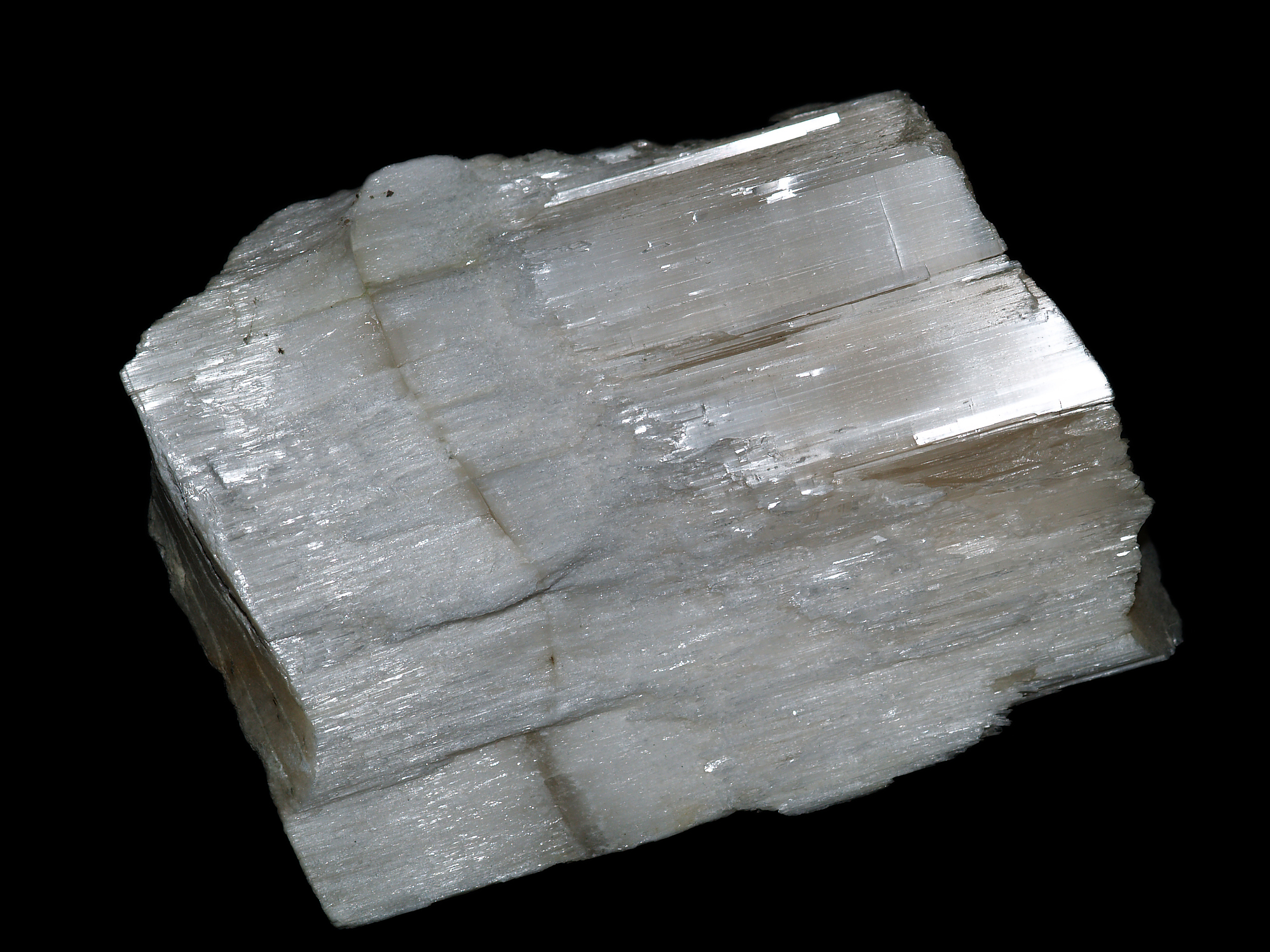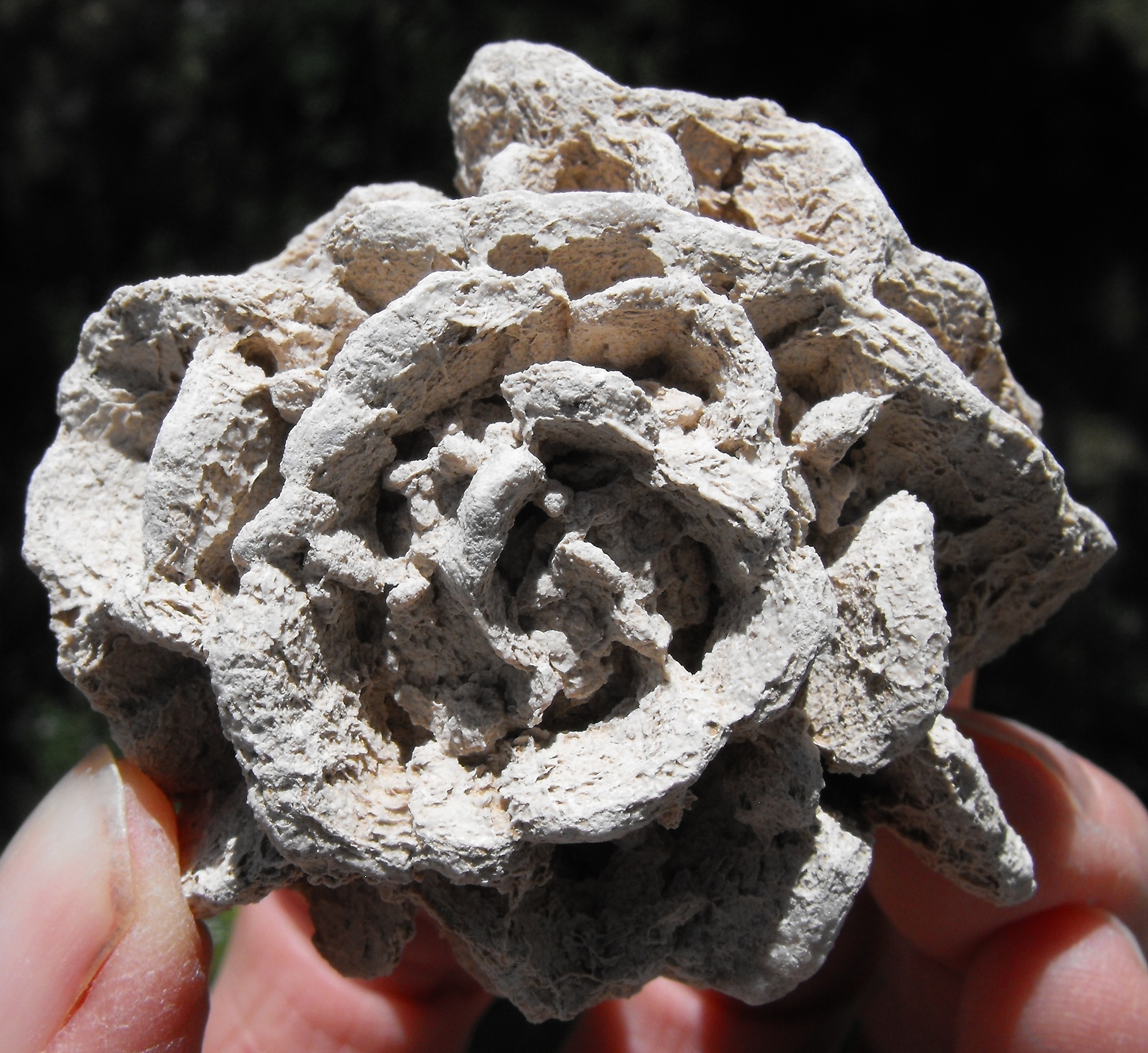Home PageAbout MindatThe Mindat ManualHistory of MindatCopyright StatusWho We AreContact UsAdvertise on Mindat
Donate to MindatCorporate SponsorshipSponsor a PageSponsored PagesMindat AdvertisersAdvertise on Mindat
Learning CenterWhat is a mineral?The most common minerals on earthInformation for EducatorsMindat ArticlesThe ElementsThe Rock H. Currier Digital LibraryGeologic Time
Minerals by PropertiesMinerals by ChemistryAdvanced Locality SearchRandom MineralRandom LocalitySearch by minIDLocalities Near MeSearch ArticlesSearch GlossaryMore Search Options
The Mindat ManualAdd a New PhotoRate PhotosLocality Edit ReportCoordinate Completion ReportAdd Glossary Item
Mining CompaniesStatisticsUsersMineral MuseumsClubs & OrganizationsMineral Shows & EventsThe Mindat DirectoryDevice SettingsThe Mineral Quiz
Photo SearchPhoto GalleriesSearch by ColorNew Photos TodayNew Photos YesterdayMembers' Photo GalleriesPast Photo of the Day GalleryPhotography
╳Discussions
💬 Home🔎 Search📅 LatestGroups
EducationOpen discussion area.Fakes & FraudsOpen discussion area.Field CollectingOpen discussion area.FossilsOpen discussion area.Gems and GemologyOpen discussion area.GeneralOpen discussion area.How to ContributeOpen discussion area.Identity HelpOpen discussion area.Improving Mindat.orgOpen discussion area.LocalitiesOpen discussion area.Lost and Stolen SpecimensOpen discussion area.MarketplaceOpen discussion area.MeteoritesOpen discussion area.Mindat ProductsOpen discussion area.Mineral ExchangesOpen discussion area.Mineral PhotographyOpen discussion area.Mineral ShowsOpen discussion area.Mineralogical ClassificationOpen discussion area.Mineralogy CourseOpen discussion area.MineralsOpen discussion area.Minerals and MuseumsOpen discussion area.PhotosOpen discussion area.Techniques for CollectorsOpen discussion area.The Rock H. Currier Digital LibraryOpen discussion area.UV MineralsOpen discussion area.Recent Images in Discussions
Mineralogical ClassificationSelenite vs Satin Spar

28th Jul 2020 07:05 UTCAngel White
I have done a little research on the net, seeing photos and reading stuff about the naica caves in Mexico where selenite, or satin spar is mined. Also shows satin spar growing along with it from the same matrix?
Is it the same mineral, just different growth habits? Or is it a marketing term?
28th Jul 2020 07:24 UTCKeith Compton 🌟 Manager
You can also enter either name in the search box on the top menu bar - Search mindat.org and you will also get the same results.
Don't use the search box under the discussion heading - that is only for discussion messages

28th Jul 2020 08:11 UTCBob Harman
Selenite is transparent and satin spar may be opaque or translucent with a white fibrous or "satiny" appearance.
Here is a self-collected example of both from a 5 cm gypsum seam in a quarry in Lawrence County Indiana. The 13 cm selenite example contains sand or grit inclusions, but the black background is clearly visible thru the specimen. Note the opaque white fibrous "satiny" appearance of the 5 cm satin spar specimen , found in another area of the same seam in the quarry.
There are 2 underground gypsum mines within several miles of this quarry.
I have previously posted this same photo on a couple of other related threads in the past. BOB
28th Jul 2020 09:34 UTCPeter Nancarrow 🌟 Expert
As Bob said, they are both varieties of gypsum; selenite being the name given to limpid crystals, (see photo above), and satin spar being a mass of fine fibrous crystals in parallel growth. (see my next post)
Pete N.

28th Jul 2020 10:28 UTCHerwig Pelckmans
Thanks!
Cheers, Herwig
ACAM & MKA (Belgium)

28th Jul 2020 18:15 UTCRolf Luetcke Expert

28th Jul 2020 18:32 UTCRolf Luetcke Expert

28th Jul 2020 18:37 UTCRolf Luetcke Expert

28th Jul 2020 22:44 UTCAngel White

29th Jul 2020 04:58 UTCHerwig Pelckmans
Don't forget that satin spar can also refer to a "silky calcite" or "silky aragonite" specimen.
That's why we prefer to use the international accepted mineral names, like gypsum, because those names stand for a well defined substance, and fortunately they are limited to 5606 different ones (today on mindat).
The exact number of "varietal names" as we call them (like selenite, satin spar, alabaster, and so on) is unknown, but I am guessing at least ten times as much, so 56,000. Many of those varietal names have a very loose definition, or no definition at all.
Cheers, Herwig
ACAM & MKA (Belgium)

29th Jul 2020 15:05 UTCRolf Luetcke Expert
About a year ago, the Saint David area page had a couple of the "desert roses" labeled "selenite" and I contacted the people who had them listed as selenite and they fixed them but that was a usage I had seen not too long ago. I have always called them just gypsum myself.

29th Jul 2020 10:50 UTCTõnu Pani

29th Jul 2020 15:09 UTCRolf Luetcke Expert

29th Jul 2020 16:33 UTCRolf Luetcke Expert
29th Jul 2020 16:47 UTCDon Saathoff Expert
Don

18th Aug 2020 10:01 UTCHerwig Pelckmans
Did not see your question till now.
Wallerius is the one who coined the name "selenites" in 1747, for clear, colorless gypsum. So it does not have to be in nice crystals to call it that way, but it should be clear and colorless if you want to stick to the description Wallerius gave it.
HTH,
Cheers, Herwig
ACAM & MKA (Belgium)




Mindat.org is an outreach project of the Hudson Institute of Mineralogy, a 501(c)(3) not-for-profit organization.
Copyright © mindat.org and the Hudson Institute of Mineralogy 1993-2024, except where stated. Most political location boundaries are © OpenStreetMap contributors. Mindat.org relies on the contributions of thousands of members and supporters. Founded in 2000 by Jolyon Ralph.
Privacy Policy - Terms & Conditions - Contact Us / DMCA issues - Report a bug/vulnerability Current server date and time: April 26, 2024 20:14:12
Copyright © mindat.org and the Hudson Institute of Mineralogy 1993-2024, except where stated. Most political location boundaries are © OpenStreetMap contributors. Mindat.org relies on the contributions of thousands of members and supporters. Founded in 2000 by Jolyon Ralph.
Privacy Policy - Terms & Conditions - Contact Us / DMCA issues - Report a bug/vulnerability Current server date and time: April 26, 2024 20:14:12

















